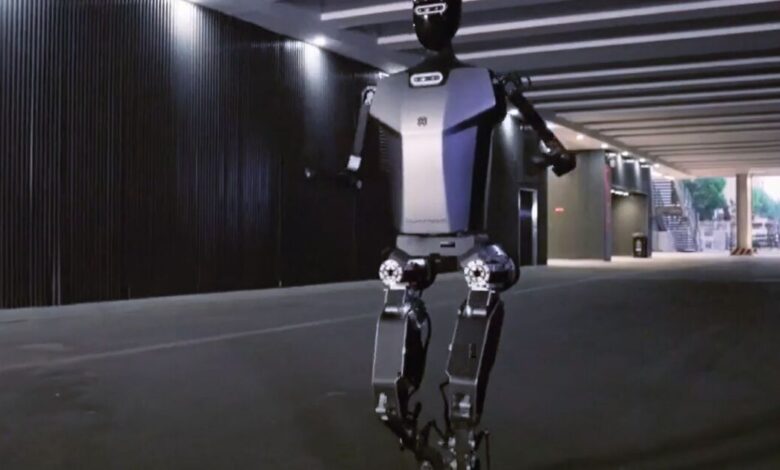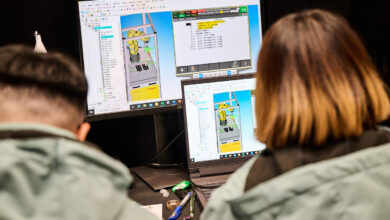China’s home-grown general-purpose humanoid jogs out at 6 km/h

The Beijing Humanoid Robot Innovation Center has unveiled Tiangong, an electrically-driven general-purpose humanoid that capable of stable running at 6 km/h, while also able to tackle slopes and stairs in “blind conditions.”
The Beijing Humanoid Robot Innovation Center was set up in November last year as “the first provincial-level humanoid robot innovation center in China,” and is part of a new technology hub that’s home to more than a hundred robotics companies – coming together to form a complete industrial chain for core components, applications development and complete robot builds.
The company is a joint venture from Beijing Yizhuang Investment Holdings Limited, UBTech Robotics, Xiaomi, and Beijing Jingcheng Machinery Electric. Its aim is to “undertake five key tasks, including the development of general-purpose humanoid robot prototypes and general-purpose large-scale humanoid robot models.”
Its open-source Tiangong humanoid is billed as the “world’s first full-sized humanoid robot capable of running solely on electric drive” – though there do seem to be other contenders in the space, including Unitree’s H1 and Boston Dynamics’ newly reborn Atlas.
China Unveils First Self-Developed General Humanoid Robot for Diverse Scenarios
Like the H1, the general-purpose humanoid lacks human-like hands at this stage of development, but is reported capable of jogging along at a steady 6 km/h (3.7 mph) – thanks to something called “State Memory-based Predictive Reinforcement Imitation Learning.” It can also take on slopes and stairs without relying on its 3D vision sensors, adjusting its gait as it goes. The bot is kitted out with six-axis force sensors, too, for accurate force feedback.
The Tiangong humanoid stands 1.63 m (5.4 ft) from toe to top, and tips the scales at 43 kg (~95 lb). It runs on a 48-V/15-Ah battery, the arms have three degrees of freedom and leg joints have six, it features advanced inertial measurement units and includes onboard Wi-Fi.
As for processing brains, the developers boast that it’s capable of 550 trillion operations for second. Other details are pretty thin on the ground at the moment, but as well as going on to take our jobs in manufacturing and fulfillment centers, its “open source and compatible scalability” could see it enter service as a home bot or as a research tool.
Source: Chinese Government via CGTN



